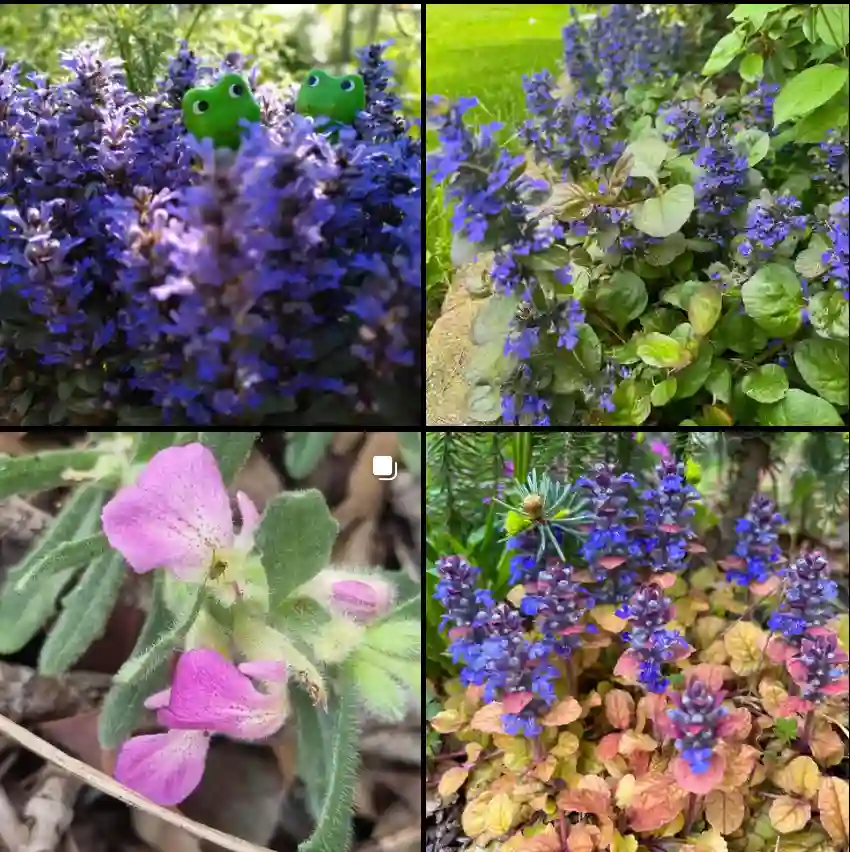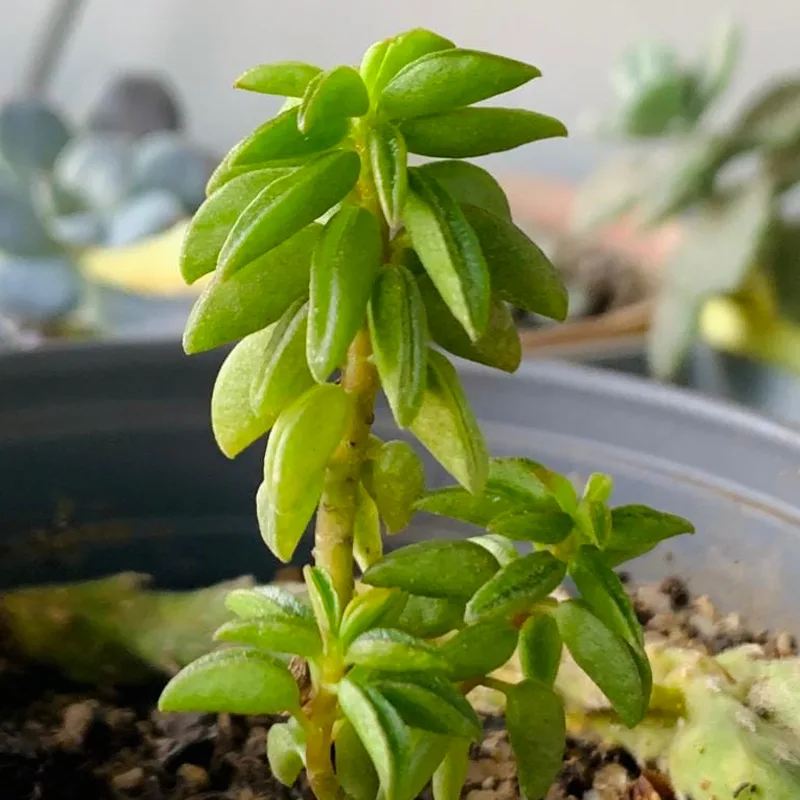
My Experience with Cryptomeria Radicans
Cryptomeria Radicans, also known as Japanese Cedar, has become a significant part of my gardening journey. Its lush, evergreen foliage and rapid growth rate have made it a favorite in my landscape. This article delves into various aspects of growing and caring for Cryptomeria Radicans, addressing common questions and sharing my personal experiences.
Cryptomeria Radicans vs Yoshino
I find Cryptomeria Radicans charming with its compact size and beautiful green foliage, perfect for smaller spaces and adding a touch of elegance to my garden. Cryptomeria Yoshino, on the other hand, impresses with its rapid growth and striking pyramid shape, creating a bold statement in larger landscapes.
Cryptomeria Radicans vs Green Giant
Cryptomeria Radicans has been a delightful addition to my garden, offering a unique, compact form that fits well in tighter spaces while still providing that classic evergreen charm. Green Giant, known for its fast growth and tall, columnar shape, is excellent for creating privacy screens or adding height to landscapes, although it requires more space to flourish compared to Radicans.
Are Cryptomeria Radicans Deer Resistant?
One of the first concerns I had when considering Cryptomeria Radicans for my garden was whether they were deer resistant. Living in an area with a high deer population, it’s essential to choose plants that won’t be decimated by these persistent grazers. Fortunately, I discovered that Cryptomeria Radicans are relatively deer resistant. While no plant is entirely deer-proof, these trees tend to be less appealing to deer compared to other evergreen options. This resistance has allowed my Cryptomeria Radicans to thrive without the constant threat of being eaten.
Can You Prune Cryptomeria Radicans?
Pruning is a crucial aspect of maintaining any tree, and Cryptomeria Radicans is no exception. Yes, you can prune Cryptomeria Radicans. Pruning helps manage the tree’s shape, encourages healthy growth, and can even prevent potential disease problems. In my experience, pruning has been straightforward, and the trees respond well to it. I’ve found that pruning in late winter or early spring, before the new growth starts, works best for these trees.
Do Cryptomeria Radicans Prune Easily?
When it comes to ease of pruning, Cryptomeria Radicans are quite accommodating. Their branches are relatively soft, making them easy to cut with standard pruning tools. I’ve used both hand pruners and loppers, depending on the size of the branches, and haven’t encountered any significant difficulties. Regular pruning helps keep the trees dense and well-shaped, contributing to their overall aesthetic appeal in my garden.
How to Plant Cryptomeria Radicans?
Planting Cryptomeria Radicans is a straightforward process, but there are a few key steps to ensure success. Here’s how I’ve gone about it:
- Choose the Right Location: Cryptomeria Radicans prefer full sun to partial shade. Ensure the planting site has well-drained soil and enough space for the tree to grow, as they can reach heights of 50-60 feet with a spread of 20-30 feet.
- Prepare the Soil: Loosen the soil in the planting area and amend it with organic compost if necessary. This improves drainage and provides nutrients for the young tree.
- Dig the Hole: Dig a hole that’s twice as wide and just as deep as the root ball of your Cryptomeria Radicans.
- Plant the Tree: Place the tree in the hole, making sure the top of the root ball is level with the surrounding soil. Backfill the hole with soil, pressing it down gently to eliminate air pockets.
- Water Thoroughly: Water the tree thoroughly after planting to help settle the soil and establish the roots.
- Mulch: Apply a layer of mulch around the base of the tree, but keep it away from the trunk. Mulch helps retain moisture and regulate soil temperature.
How to Care for Cryptomeria Radicans?
Caring for Cryptomeria Radicans involves regular watering, especially during the first few years as the tree establishes itself. Here are some care tips based on my experience:
- Watering: Keep the soil consistently moist, but not waterlogged. Once established, the trees are somewhat drought-tolerant but still benefit from regular watering during dry spells.
- Fertilizing: Feed your Cryptomeria Radicans with a balanced, slow-release fertilizer in the spring. This encourages healthy growth and maintains the tree’s vibrant green color.
- Mulching: Replenish the mulch layer annually to help with moisture retention and weed control.
- Pest and Disease Management: Cryptomeria Radicans are relatively pest and disease-resistant. However, keep an eye out for any signs of trouble, such as yellowing needles or unusual growth patterns, and address issues promptly.
Which Tree is Healthier, Leyland Cypress or Cryptomeria Radicans?
Comparing Leyland Cypress and Cryptomeria Radicans, both have their advantages, but I find Cryptomeria Radicans to be the healthier choice for several reasons.
Leyland Cypress trees are fast-growing and popular for creating privacy screens, but they are also prone to various diseases and pests, such as canker and root rot. In contrast, Cryptomeria Radicans are more resistant to these issues, making them a lower-maintenance option.
Additionally, Cryptomeria Radicans have a more attractive, feathery foliage and a pleasing pyramidal shape that remains uniform with minimal pruning. Their resilience and aesthetic qualities make them a superior choice for my garden, ensuring a lush, green landscape with fewer headaches.
In conclusion, Cryptomeria Radicans have proven to be a valuable addition to my garden. Their deer resistance, ease of pruning, straightforward planting process, and overall hardiness make them an excellent choice for both novice and experienced gardeners. If you’re looking for a beautiful, low-maintenance evergreen tree, I highly recommend giving Cryptomeria Radicans a try.
If i die, water my plants!



